En 2020, un Français sur 2 vivait dans une unité urbaine de plus de 100 000 habitants. A l’échelle mondiale, 70% de la population vivra dans une ville d’ici 2050.
Bien qu’elles ne représentent que 2% de la surface terrestre, les villes concentrent la population, les activités économiques… mais aussi l’essentiel des émissions de gaz à effet de serre.
Dans ces conditions, comment rendre la ville durable et performante ? Comment concilier performance économique, énergétique et confort des habitants ?
C’est à cet ensemble d’enjeux interconnectés que répond le concept de Smart City (ou Ville Intelligente).
La ville intelligente s’appuie sur les données pour optimiser les coûts, l’organisation et le bien-être des habitants.
Comment fonctionnent les Smart Cities ? Quel est le rôle de la data dans la démarche et quid de la gouvernance des données ? Découvrez nos éléments de réponse dans cet article.
Rendre les données publiques accessibles à tous
Les données au service de l’intelligence collective
Pour répondre aux enjeux de transition énergétique, de confort des habitants et d’optimisation des ressources collectives, la Smart City repose sur 2 piliers :
- Les données et l’intelligence artificielle
- L’intelligence collective
Ces deux piliers sont interdépendants.
D’une part, la pertinence, la fiabilité et la qualité des données collectées et analysées auront un impact sur les prises de décisions au niveau du territoire. Si la donnée est pauvre et peu fiable, elle risque d’occasionner de mauvaises décisions. A l’inverse, si les décideurs disposent de données de qualité, ils pourront prendre des décisions éclairées par la data.
D’autre part, l’intelligence collective conduit aussi à une utilisation raisonnable et raisonnée des données. Dans un cadre démocratique, le consentement des citoyens à la collecte et à l’utilisation de leurs données est essentiel. L’intelligence collective doit permettre à la collectivité de définir quels sont les usages souhaitables de la donnée. Sur cette base, des décisions collectives pourront être prises sur la nature et le périmètre des données à collecter dans l’intérêt collectif.
Ensuite, pour que l’intelligence collective puisse concevoir les réponses aux problématiques du territoire, la collectivité doit organiser la mise à disposition des données à l’ensemble de ses acteurs (décideurs, citoyens, associations, entreprises, partenaires institutionnels, …). L’utilisation d’une solution de data efficiency, comme Energisme, répond à cet enjeu.
Comment collecter des données au niveau du territoire ?
La ville intelligente collecte en permanence des données sur ses équipements et sur les usages des habitants.
Ce sont ces données qui vont permettre d’améliorer l’efficacité énergétique ou encore de prendre des décisions collectives pour fluidifier la circulation en centre-ville ou de sécuriser les rues, par exemple.
En matière d’efficacité énergétique, en particulier, la Smart City recueille des données issues de sources multiples :
- Factures et contrats de fourniture d’énergie
- Télérelève des gestionnaires de réseaux énergétiques
- Objets connectés équipés de capteurs intelligents
Prenons l’exemple de l’optimisation de l’éclairage urbain. Pour l’optimiser, il convient d’abord de mesurer la consommation d’énergie des équipements. Puis, dans un second temps, la collectivité va essayer d’adapter la consommation aux usages réels des habitants.
Pour cela, il est nécessaire de connaître la fréquentation de la rue dans laquelle un lampadaire est installé. Si la rue est très fréquentée la nuit, il faut prévoir des équipements capables d’illuminer longtemps tout en consommant moins d’énergie. Dans une rue peu fréquentée, on pourra privilégier des capteurs qui détectent une présence et communiquent avec le système d’éclairage pour déclencher l’allumage.
Ici, on voit bien que les choix d’éclairage dépendent directement des données collectées et, en particulier, des données d’usage.
La collecte de données est donc la première étape pour rendre les données accessibles à tous. Mais ensuite, les données doivent être traitées et analysées pour être utilisables.
Traiter et analyser des données issues de sources multiples
Le développement de nouvelles technologies facilite la collecte de données massives. En effet, la collectivité ne dépend plus uniquement de données externes, fournies par les prestataires. Grâce au développement des capteurs et des objets connectés, il est désormais possible de collecter de vastes sets de données très variées.
Par conséquent, l’enjeu, à présent, réside essentiellement dans le traitement et l’analyse des données.
Avec une solution de gestion des données comme la plateforme développée par Energisme, vous pouvez recueillir différents types de données. Mais surtout, la plateforme centralise ces données et les traite. Les données sont nettoyées, formatées et agrégées. Enfin, la solution facilite le croisement de données multiples pour les rendre exploitables et alimenter les prises de décisions.
Dans la mesure où toutes les données sont entreposées au même endroit, elles deviennent interopérables. L’interopérabilité des données signifie que vous pouvez les croiser les unes avec les autres, en autant de combinaisons pertinentes que vous détectez.
La centralisation des données et leur accessibilité en open data facilitent aussi le travail collaboratif. Chaque partie prenante travaille alors à partir de données harmonisées, transparentes et vérifiables, là où auparavant certains acteurs pouvaient être assez opaques sur leurs processus de collecte de la data.
Créer de nouvelles collaborations entre les organismes publics et privés
De l’ouverture des données publiques…
Basé sur l’intelligence collective, le concept de Smart City nécessite l’ouverture des données publiques à l’ensemble des acteurs concernés. Parmi ces acteurs, on trouve les citoyens, bien sûr, mais aussi les organismes privés qui, compte tenu de leurs activités, ont un intérêt à exploiter ces données dans une logique de partenariat public/privé.
La gestion des données est une mission de service public. Néanmoins, le foisonnement de données à traiter dans la ville intelligente dépasse généralement le champ de compétences des acteurs publics. Ils ont donc intérêt à faire appel à des experts en management des données pour tirer le meilleur parti de la data collectée.
Surtout, ce qui évolue avec la Smart City, c’est la nécessité de mettre les données à disposition d’organismes privés. Il appartient désormais aux collectivités de favoriser le partage et la valorisation des données.
Cela implique d’instaurer une véritable gouvernance des données au niveau du territoire. En effet, la Smart City doit s’appuyer sur les données nécessaires et suffisantes mais certaines données sont exclues de son champ. C’est le cas des données personnelles des habitants, qui sont protégées par des réglementations spécifiques. Dans ce cas, les données doivent être anonymisées, non reliables à une personne. On pourra alors collecter et traiter des sets de données d’usage, par exemple des données de mobilité, mais pas les associer à une personne physique pour tracer ses déplacements.
De la même manière, certaines données des opérateurs sont des données business qui n’ont pas vocation à être accessibles à tous, pour des raisons évidentes de concurrence entre les acteurs.
De ce point de vue, l’utilisation d’une solution comme la plateforme N’Gage, développée par Energisme, facilite le tri des données. Elle permet aussi d’homogénéiser les données issues de sources diverses pour les rendre interopérables et développer des cas d’usages.
Dans le domaine de l’énergie, l’open data est la condition sine qua non pour faire advenir un management collaboratif plus efficient. De fait, l’efficacité énergétique d’une ville durable repose sur le développement de réseaux intelligents, les smart grids, co-conçus avec des acteurs privés et les gestionnaires de réseaux d’énergie.
… au développement des smart grids
Optimiser la gestion énergétique de la ville est l’un des grands objectifs de la Smart City. Pour cela, la maîtrise des données est indispensable.
Mais surtout les données doivent pouvoir circuler de manière fluide afin de permettre un pilotage en temps réel des équipements urbains.
Reprenons notre exemple de l’éclairage urbain. Nous savons maintenant que, grâce à une solution de data management, il est possible de faire remonter et agréger des données issues de sources multiples (facturation, télérelève, smart meters, données d’usage issues des capteurs IoT, données externes, …).
Maintenant, comment faire en sorte que l’analyse de ces données conduise à une réponse adaptée et immédiate ?
C’est à cette question que répondent les smart grids (ou réseaux intelligents). En renforçant la collaboration entre la collectivité et les gestionnaires de réseaux, ces réseaux énergétiques de nouvelle génération permettent de synchroniser en temps réel la production et la distribution d’énergie en fonction de la consommation réelle et des usages des habitants.
Développer le numérique dans les services publics et les infrastructures urbaines
Outre les enjeux d’optimisation énergétique, les mécanismes de management de la donnée qu’implique la Smart City constituent un socle pour le développement de services numériques à destination de la population ou des entreprises locales.
Désormais, si l’on excepte ce qui relève de la protection des données personnelles et certaines données business des opérateurs, la collecte de données couvre de larges champs de la vie quotidienne. En partenariat avec les acteurs du numérique, la collectivité peut donc impulser une dynamique de développement de smart services.
En effet, la conception d’un smart service repose sur 3 prérequis :
- La capacité à collecter et agréger des flux de données massives et hétérogènes
- L’utilisation d’une solution de data analysis pour croiser les données et en extraire du sens
- La conception d’un service contextualisé et orienté utilisateur sur la base des schémas observés
A priori, les cas d’usage sont sans limite. La région Île-de-France a récemment mis en place un smart service pour faciliter la réservation d’espaces de coworking sur son territoire.
On peut aussi imaginer des applications pour lutter contre le réchauffement climatique, par exemple des simulateurs de gains à l’installation de panneaux solaires destinés aux entreprises ou aux particuliers. La mise à disposition de véhicules non polluants en libre service via des données de géolocalisation est un autre exemple.
A terme, la digitalisation massive des services publics est aussi à l’ordre du jour, comme en témoigne l’exemple de l’Estonie, où les habitants disposent d’une carte d’identité numérique qui facilite la communication entre les citoyens et l’administration, via les données.
Rendre la ville intelligente entraîne de nombreux avantages :
- efficacité énergétique
- implication accrue de tous les acteurs dans les processus de décision
- amélioration du confort des habitants
- retombées économiques non négligeables grâce aux économies générées
Dans la Smart City, la donnée occupe une place centrale. Pour maîtriser la data et en tirer bénéfice, il convient de s’équiper d’outils facilitant la collecte, la centralisation, l’analyse et la lecture des données. La solution développée par Energisme vous accompagne au quotidien dans tous les enjeux liés à la donnée et renforce vos prises de décisions au service du territoire et de ses acteurs.









